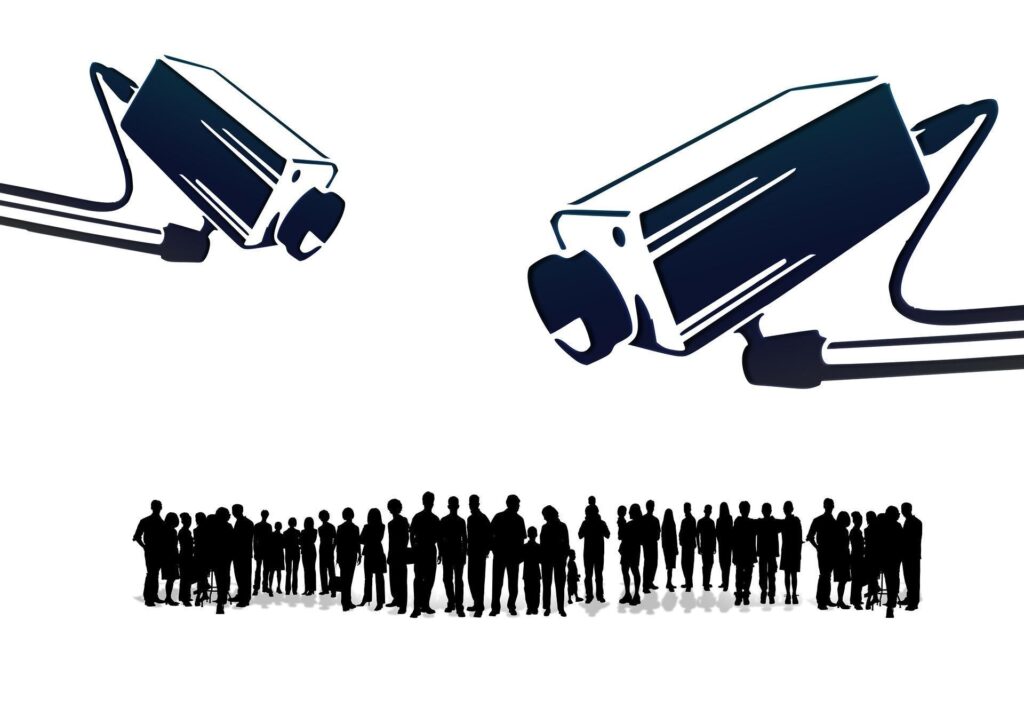Does More Censorship Guarantee For A Safer Internet Connection?

The Internet is a wonderful invention.
It brings people together and enables them to freely express themselves, exchange knowledge and concepts, and make connections with others who share their interests. However, as the web becomes more widely used, so grows the issue of cyberbullying, which in certain circumstances, can result in sadness and suicide. So how do we make the world a safer place?
This Is The Age Of Information

Why censorship? More information is a double-edged sword. We have more knowledge than ever, yet if utilized maliciously or poorly, it can bring difficulties.
Censorship may make the internet safer for everyone except you and your friends’ music and movie interests (or whatever else). But let me explain to you how censorship could affect users in the long run by building an online culture based on self-censorship rather than freedom of speech and expression, which could lead us to tyranny where everyone is under continual government monitoring!
Home For Everyone, Yet With Consequences
Everyone can be themselves online. You can discuss any topic here. You can share art, tales, images, music videos, and movies. Internet entertainment is infinite!
If we want to avoid censorship, we must also consider the ramifications of posting contentious or objectionable content online (or even just perceived as such).
“That was unacceptable!” someone may comment when someone writes something contentious online. “But why do they say such things?” asks another. They’re mean!” Then another group weighs in on what authorities should do to keep this stuff on their website/social media platform/etc.
We Cannot Make A Perfect World

A terrific place to be is online. But it can also be utilized for good or harm, just like any other technology. To ensure that the Internet is secure and accessible to everyone, it is crucial that we all work together.
We cannot create a perfect society, but there are certain things you can do if you want your children or grandkids to grow up in one where there is less censorship and more acceptance of other people’s perspectives and beliefs:
Don’t let the government decide how much freedom people should have online; use your own judgment when selecting what material is suitable for your kids, grandchildren, or yourself on social media platforms like Facebook or Twitter! These social channels have more benefits than disadvantages.
Avoid visiting specific websites at all costs if they contain offensive content, such as pornography. Some ISPs may block these websites, but users can still access them using proxies to access third-party websites rather than their ISP’s servers directly (which would require higher fees).
So, How Do We Make Our World Safer?
We must exercise more patience. We must show more deference. We need to be more welcoming than we are now with many ideas, opinions, and beliefs. If there is one thing that we can all agree on, it is that censorship won’t make any of us safer or better off; rather, it will just be another reason why we don’t have an honest conversation about difficult topics like racism or sexism (or any other issue).
So instead of suppressing stuff online where individuals may have various points of view than yours (which could take them down a bad path), why not try listening instead? Listen more than you speak! Listen more than your buddies talk…
We cannot construct a perfect world, but we can make the world we live in more tolerant, courteous to each other, and welcoming. And that’s what we should do.
If you really want to censor content that your state has banned for you, then you have some solution. Buy a VPN service online and open the VPN Console window. Now choose your location. Once you have stable connections, you can watch any restricted website your government has banned for the public or access international websites that are banned in your state.
As you can see, there are various methods to make the world a better place. One of them is through being tolerant and accepting of each other’s differences. We must comprehend that we are all distinct people with varied histories, ideas, and traditions.
This is why it’s so vital that we treat each other with respect and tolerance rather than judgmentalism or prejudice against those who vary from us in some way or another.
We need to remember that no matter how much time we spend online or at work interacting with people around us (or even just typing on our computers), none of these interactions will ever be perfect; there will always be misunderstandings between individuals who live in different parts of the world than you do!
Conclusion
Censorship is a hot topic these days. Can we avoid censorship? How do we communicate our ideas? What if we wish to delete content forever?
Read Also:













